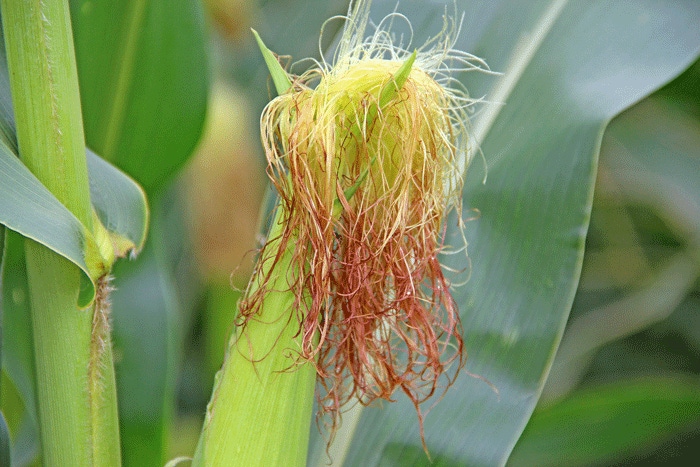August 27, 2012

There is no question the No. 1 factor (driving the future of the livestock and feed industries) is the availability and cost of feed.
And, says Joel Newman, American Feed Industry Association (AFIA) president and CEO, while the subset of challenges affecting feed cost and availability are many, the No. 1 driver is biofuels.
Don’t expect that to change, says Robert Wisner, Iowa State University emeritus professor and Extension grain marketing specialist.
Wisner headed a team of economists to produce a report, commissioned by AFIA, on the future patterns of U.S. grains, biofuels and livestock feeding.
The future will look much like the recent past. “We expect current U.S. ethanol and biodiesel policies and mandates prescribed through 2022 by the 2007 Energy Independence and Security Act will remain in effect,” according to the report, released this month.
However, while corn starch-based ethanol has been the main reason for higher feed prices and a corresponding reduction in cattle numbers, other biofuels may replace it to challenge cattlemen in the future.
Those two challenges are de-oiled distillers grains (DGS) and biobutanol.
“De-oiled DGS is a relatively new development stemming largely from government blending mandates for biodiesel and advanced biofuels,” the report summary says. “As advanced biofuels mandates increase in the next 10 years, greater production of de-oiled or partially de-oiled DGS is almost certain.”
How that will affect cattlemen is in the nutritional composition of what’s left over. Should de-oiled DGS become common place, the nutritional makeup of the remaining feedstock will require ration changes to compensate for the lost energy.
Then there’s biobutanol. “In the mid-term, we’re keeping our eyes very closely on the development of biobutanol, because that could take the corn-based industry beyond the blend wall and create a second surge of increased production,” Newman says.
Market saturation point
The blend wall is the market saturation point, which currently is 10 percent for corn starch ethanol as dictated by government policy, Wisner says. “If E-15 would become widespread, then the blend wall would move up to 15 percent of the national gasoline supply.”
Biobutanol, however, has the possibility of moving beyond that blend wall and essentially eliminating it. That’s because biobutanol, while produced from corn, is similar to gasoline alcohol so it doesn’t require engine modifications, Newman says.
It’s not corrosive, so it can be transported in existing pipelines; it’s easier to blend; and it potentially has better gas mileage performance than corn starch-based ethanol, he adds.
Biobutanol production results in DGS, Wisner says. However, “we don’t know the details, whether or not it’s similar to DGS from corn starch ethanol.” Just as when corn-based ethanol exploded the market, research will be needed to determine how to utilize the by-product of biobutanol.
The other major factor looming in the horizon is China. A few years back, China was the second largest corn exporter in the world, Wisner says. “It’s now becoming a moderate importer with projections for their imports to double within the next 10 years,” he says. Much of China’s grain needs will come from the U.S.
In the next 3-7 years, however, ethanol will continue to significantly impact feed prices. “Ethanol blending mandates will increase more slowly from the current 13.2 billion gallons to a maximum of 15 billion gallons in 2015,” the report summary says.
“To meet those mandates, an additional 380-400 million bushels of corn will be needed in 2015 than are projected to be processed into ethanol in the 2011-12 corn marketing year.
From 2015 onward, the ethanol mandates remain constant,” meaning corn usage should level off.
The report summary notes that high feed prices, while not the sole cause, have been the primary contributor to intermittent financial losses, downsizing and restructuring in the livestock industry.
But with help from Mother Nature, the economists predict that corn yields will return to the longer-term upward trend, resulting in adequate corn supplies in the coming years to meet the demand for biofuels as well as livestock feed and exports.
“However, when U.S. or major foreign crop yields are low, the biofuels mandates and highly inelastic demand for biofuels will set the stage for additional sharp feed price spikes,” the report says.
(Source: BEEF, Jul 19, 2012)
You May Also Like




